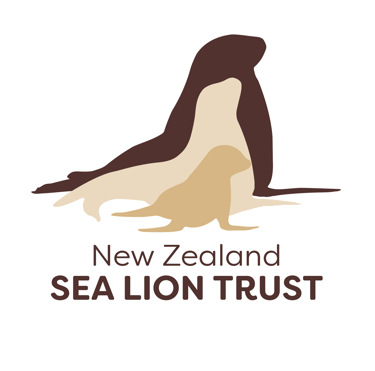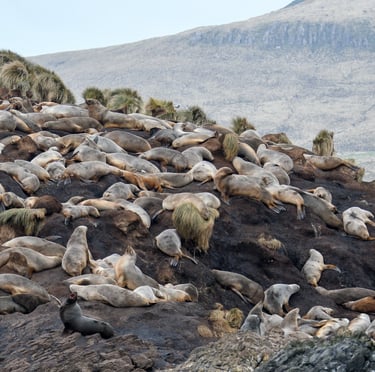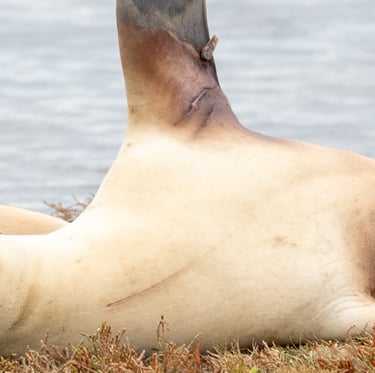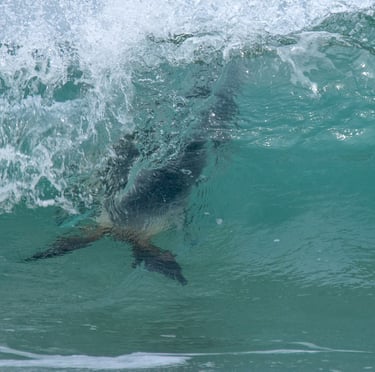Our Research

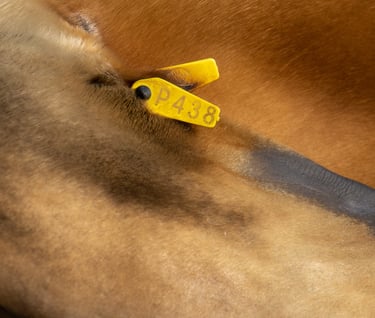
Individual Identification, Population Dynamics and Moult of the New Zealand Sea Lion at Otago
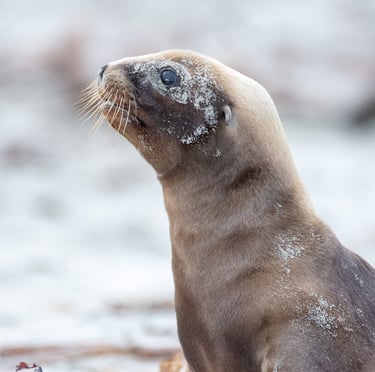

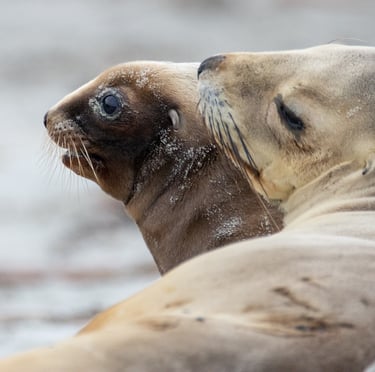

Investigating survival of the New Zealand sea lion, Phocarctos hookeri, in the growing population in Otago, mainland New Zealand
A nascent breeding population of New Zealand sea lions at Otago, southeast South Island

S. McConkey 1997
Research undertaken by the trust began in 1995 as part of foundering trustee Shaun McConkey’s 'master of science' thesis
The trust funded equipment for Shaun to use during his research
Individual Identification, Population Dynamics and Moult of the New Zealand Sea Lion at Otago
The trust facilitated and supervised several student projects
Abrams D, 1997. Departure and arrival of yellow-eyed penguins and New Zealand sea lions.
Borofsky C, 1997. Behavioural observations of a New Zealand sea lion mother and pup pair at Victory Beach, Otago Peninsula, New Zealand.
Coria A, 2004. Terrestrial winter-weather thermoregulation of New Zealand sea lions (Phocarctos hookeri) at Surat Bay and Cannibal Bay, Catlins, New Zealand.
Krohn K, 2003. Attendance patterns, social interactions, and dispersion of adult male New Zealand sea lions (Phocarctos hookeri) at Papanui Beach, Otago Peninsula.
Larimer M, 2004. Effect of tourists on the behavior of New Zealand sea lions (Phocarctos hookeri), South Otago, New Zealand.
Merrigan M, 2002. Time allocation and behavioural trends in three New Zealand sea lion pups at Victory Beach, Otago Peninsula, New Zealand.
Nadler C, 2003. Influence of weather conditions on the thermoregulatory behaviour of New Zealand sea lions (Phocarctos hookeri) ashore at Surat Bay and Cannibal Bay, Catlins, New Zealand.
Olesnycky A, 2003. Attendance patterns and grouping behavior of New Zealand sea lions (Phocarctos hookeri) at Surat and Cannibal Bays, South Otago, New Zealand.
Parker E, 1998. Two female New Zealand sea lions and their pups on the mainland, Otago Peninsula.
Samuelson T, 2001. The effects of human presence on the natural behaviour of Hooker’s sea lions (Phocarctos hookeri).
Segarra K, 2001. Individual identification and haul-out patterns of New Zealand sea lions at Papanui Beach, Otago Peninsula.
Thibault A, 2003. Maternal behavior of the New Zealand sea lion (Phocarctos hookeri) at Victory Beach, Otago Peninsula.

J. Jackson 2007
This study focused on the breeding behaviour of New Zealand sea lions at Otago Peninsula. Timing and location of births were recorded as accurately as possible for the 2003/04 and 2004/05 breeding seasons. Birth dates at Otago were similar to peak pupping dates at the main breeding colonies. Foraging cycles and attendance patterns of mothers were determined through 10 consecutive days of observation each month from March-June. Otago females were found to have, on average, shorter duration cycles than females at the Auckland Island breeding colonies. This may suggest a better foraging environment at Otago. In an effort to understand the dynamics involved in the formation of breeding colonies, interactions between females ashore were recorded to investigate the gregarious behaviour of New Zealand sea lions. At the Auckland Islands females gather for pupping and then disperse, compared with Otago where they disperse prior to pupping and converge later.
A nascent breeding population of New Zealand sea lions at Otago, southeast South Island

